© University of Kent - Contact | Feedback | Legal | FOI | Cookies
| Publications | GC bibliography | GC page | GC books | Programming Languages and Systems Group | |||||||||||||||
Richard Jones FBCS FRSAEmeritus Professor of Computer Systems |

|
|
I am Emeritus Professor of Computer Systems in the School of Computing at the University of Kent. I was made a Distinguished Scientist of the ACM in 2006, and an Honorary Fellow of the University of Glasgow in July 2005. I received IBM Faculty Awards in 2003, 2004 and 2005. I was elected to AITO, Association Internationale pour les Technologies Objets, in 2014. I am a member of the Programming Languages and Systems Research Group.
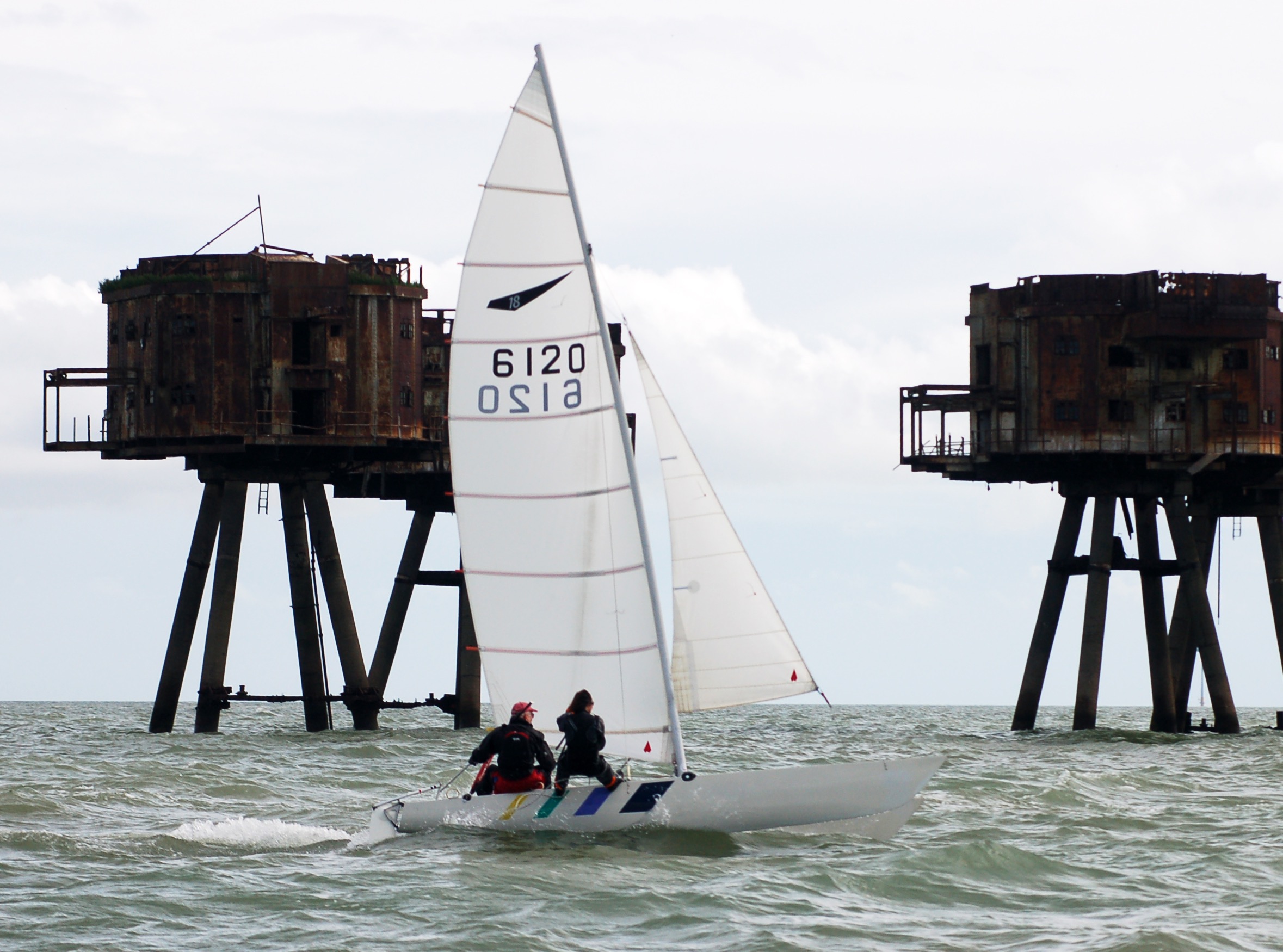 Outside work, I'm a keen sailor and cyclist. I race a Dart 18 catamaran at Whitstable.
Check out this fantastic video of the AC45s racing in Plymouth - crazy stuff.
Outside work, I'm a keen sailor and cyclist. I race a Dart 18 catamaran at Whitstable.
Check out this fantastic video of the AC45s racing in Plymouth - crazy stuff.
Research Interests |

|
My chief area of interest is dynamic memory management - this grew out of work on lazy functional programming languages and particularly their efficient implementation.
|
Garbage Collection for Multicore Systems
|
|||||||||||||||||||
Improving Experimental Evaluation
|
|||||||||||||||||
Novel Garbage Collection Algorithms
|
Visualising the Heap |
||||||||||||||||
|
Distributed Reference Counting
|
Distributed Garbage Collection | ||||||||||||||||
|
A taxonomy for Distributed Garbage Collection. I have also been thinking about a taxonomy for distributed garbage collection. Sylvain Louboutin correctly observed that such distributed collectors need to free themselves from the legacy of centralised collectors. A taxonomy that avoids this legacy can illuminate new areas for distributed garbage collection research. My (rather old) Microsoft Research Lecture (7/8/00) presents an outline of such a taxonomy (PowerPoint show).
|
|||||||||||||||||
the Garbage Collection Page
|
Students & post-docs Here's what became of some of my former students and post-docs:
|
||||||||||||||||
Older work
Lazy Functional Languages |
Electronic publishingI led the Kent team in the JISC-funded Infobike/JournalsOnline project (now ingentaJournals). The project consortium brought together publishers, librarians, computer scientists and industry to provide full-text access to journals. |
Software
|
|
I gratefully acknowledge the generous support for my research from:
![]()
![]()
![]()
![]()
![]()

|
School of Computing, University of Kent, Canterbury, Kent, CT2 7NF
Enquiries: +44 (0)1227 824180 or contact us.
Last Updated: 30/06/2025

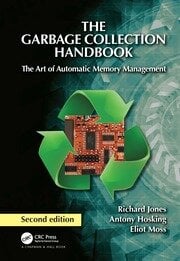


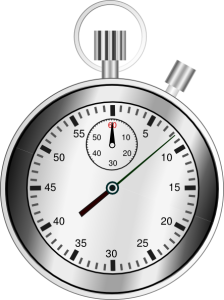

 The
The
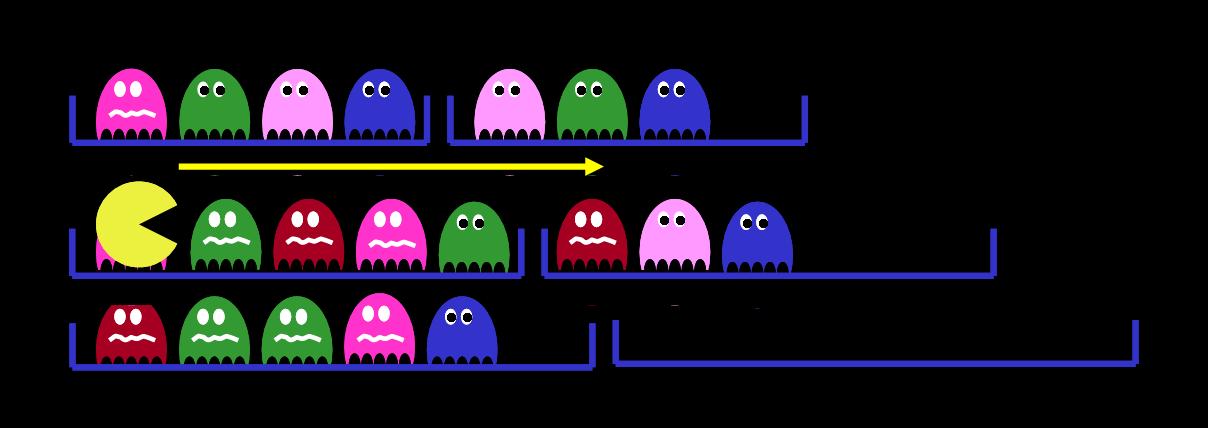 The
The 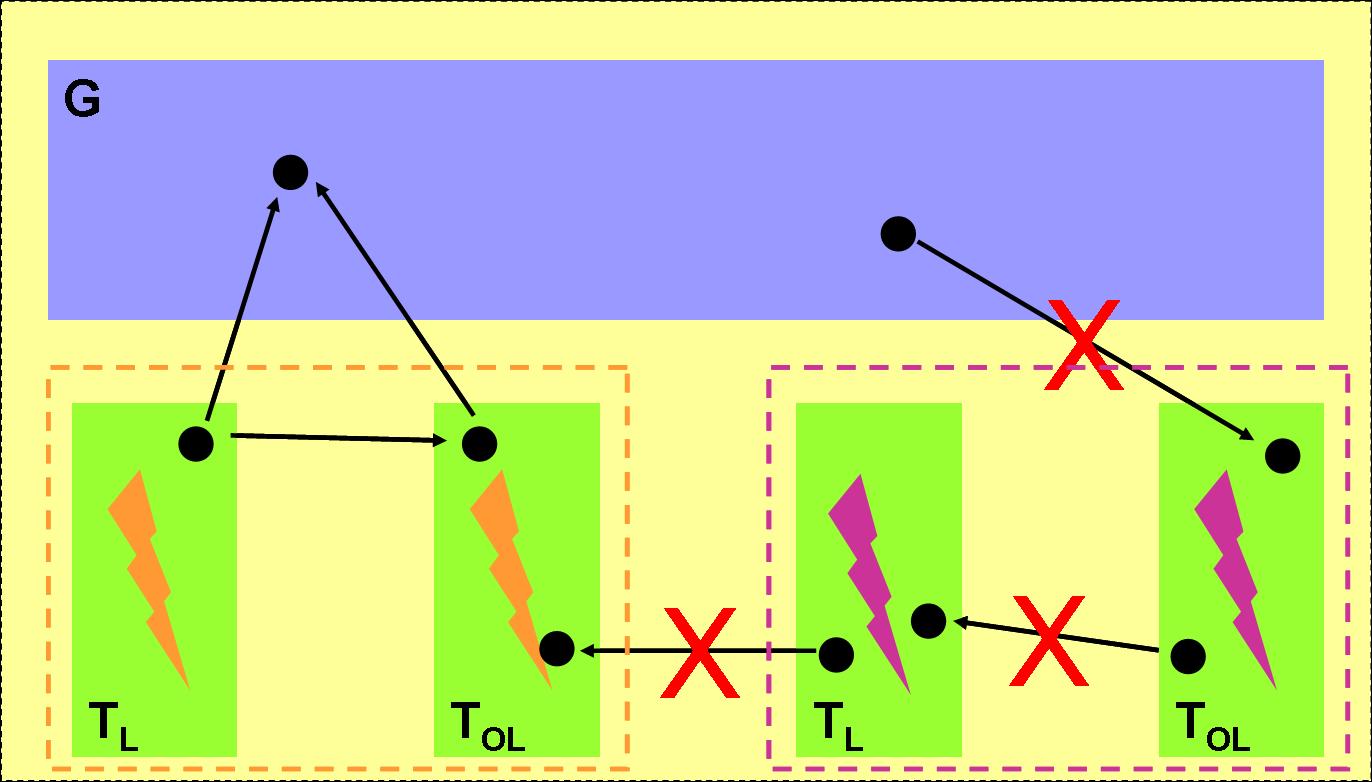 With
Andy King, I developed
With
Andy King, I developed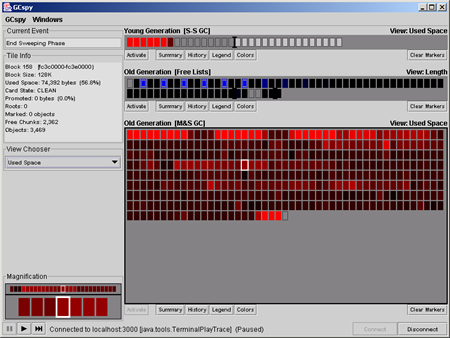
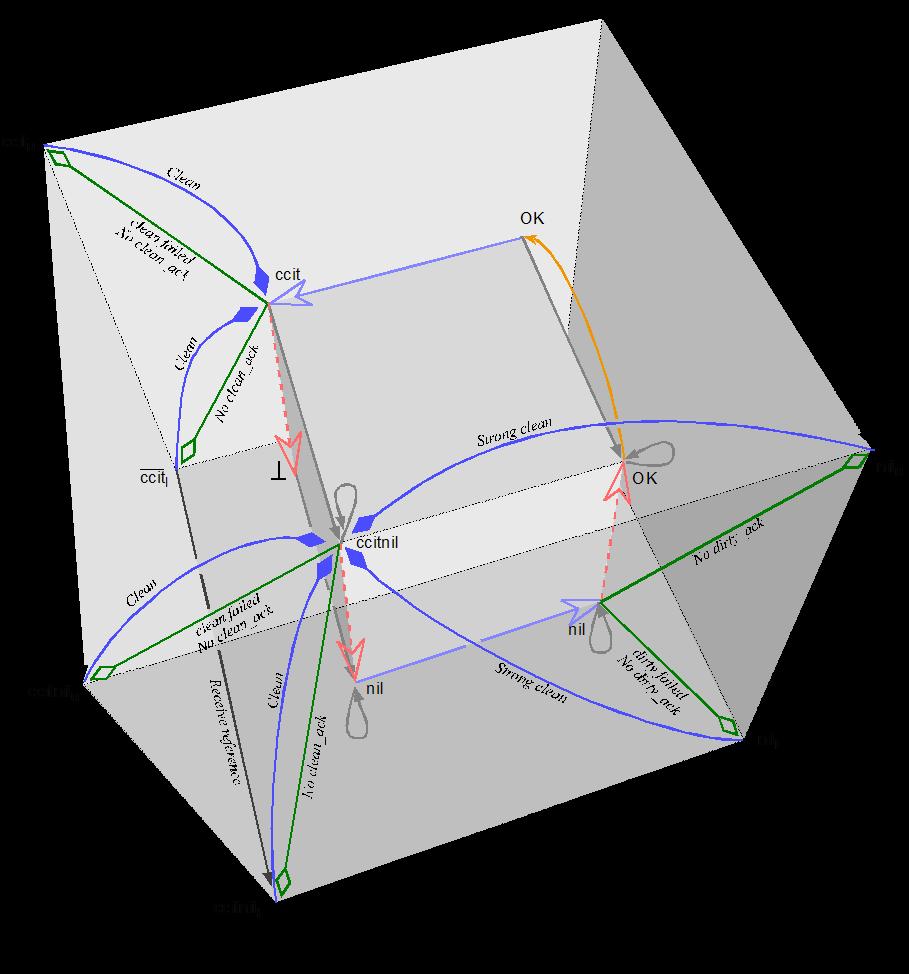 Luc
Moreau, Peter Dickman and I have been investigated how to
Luc
Moreau, Peter Dickman and I have been investigated how to 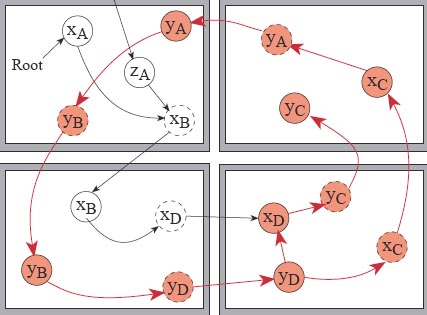 My
PhD student, Dr. Helena Rodrigues, and I used a reference listing
scheme augmented by partial tracing in a
My
PhD student, Dr. Helena Rodrigues, and I used a reference listing
scheme augmented by partial tracing in a 

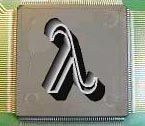 My interest in garbage collection came from earlier work on the efficient
implementation of lazy functional languages. An interesting example is
the Three Instruction Machine, an abstract machine for lazy functional
languages, which makes heavy demands upon the the memory management system.
In particular the garbage collector must ensure that environment sharing
does not lead to space leaks. Stephen Thomas and I developed an
My interest in garbage collection came from earlier work on the efficient
implementation of lazy functional languages. An interesting example is
the Three Instruction Machine, an abstract machine for lazy functional
languages, which makes heavy demands upon the the memory management system.
In particular the garbage collector must ensure that environment sharing
does not lead to space leaks. Stephen Thomas and I developed an  Fonts
and stuff I have also taught courses in Electronic Publishing
and my
Fonts
and stuff I have also taught courses in Electronic Publishing
and my